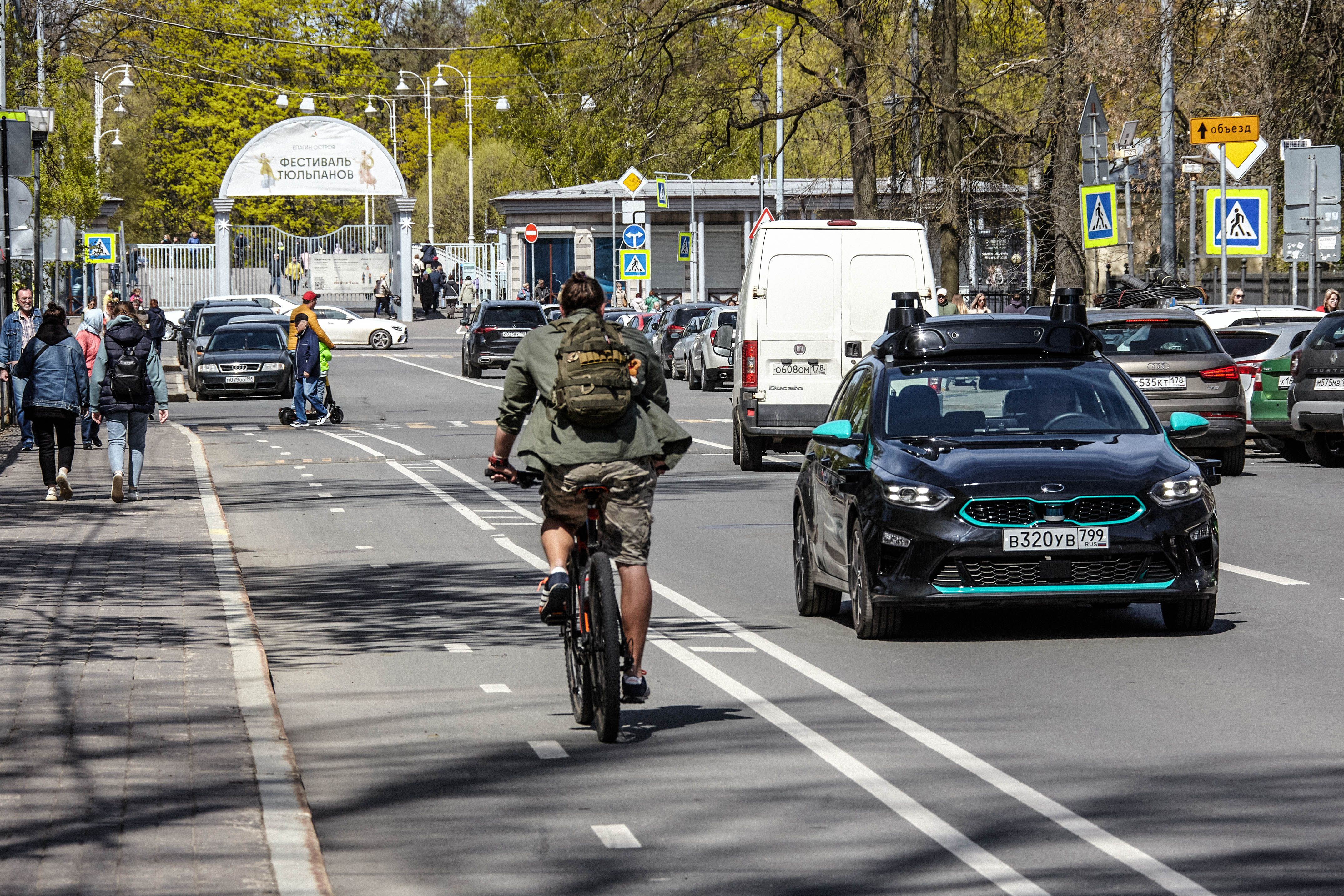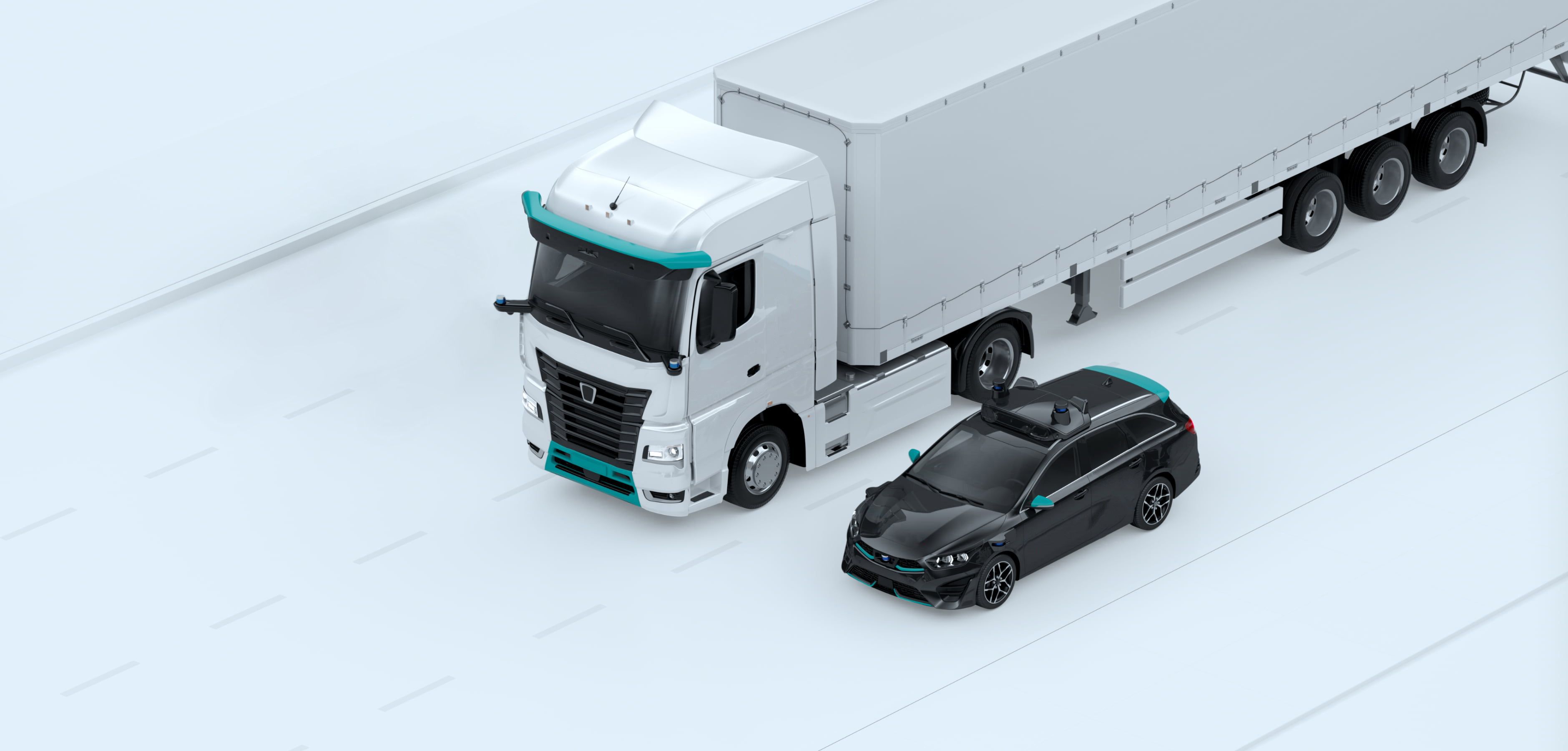- The set of sensors in the autonomous vehicle has a full 360° view. It is constantly monitoring the situation on the road and its surroundings. This solution needs less time to make the right decision than an experienced driver. Unlike a human, it does not experience emotions, does not get tired or distracted. Total control over the road and fast decision-making make traffic safer.
- Autonomous technology will change basic scenarios of cargo logistics, solve major issues like lack of experienced drivers, and will significantly reduce risks of emergencies. This investment helps to expand areas of transportation, reduce the time of delivery, and increase business efficiency.
- Development of autonomous driving technology requires the latest advances in science and extensive academic knowledge. We combine recognition and decision-making algorithms, use big data and machine learning for fast and high-quality information processing, and develop cybersecurity and integration solutions for the automotive industry.
Self driving solutions
Autotech technology is compatible with various modes of transportation and can be implemented on any type of vehicle.
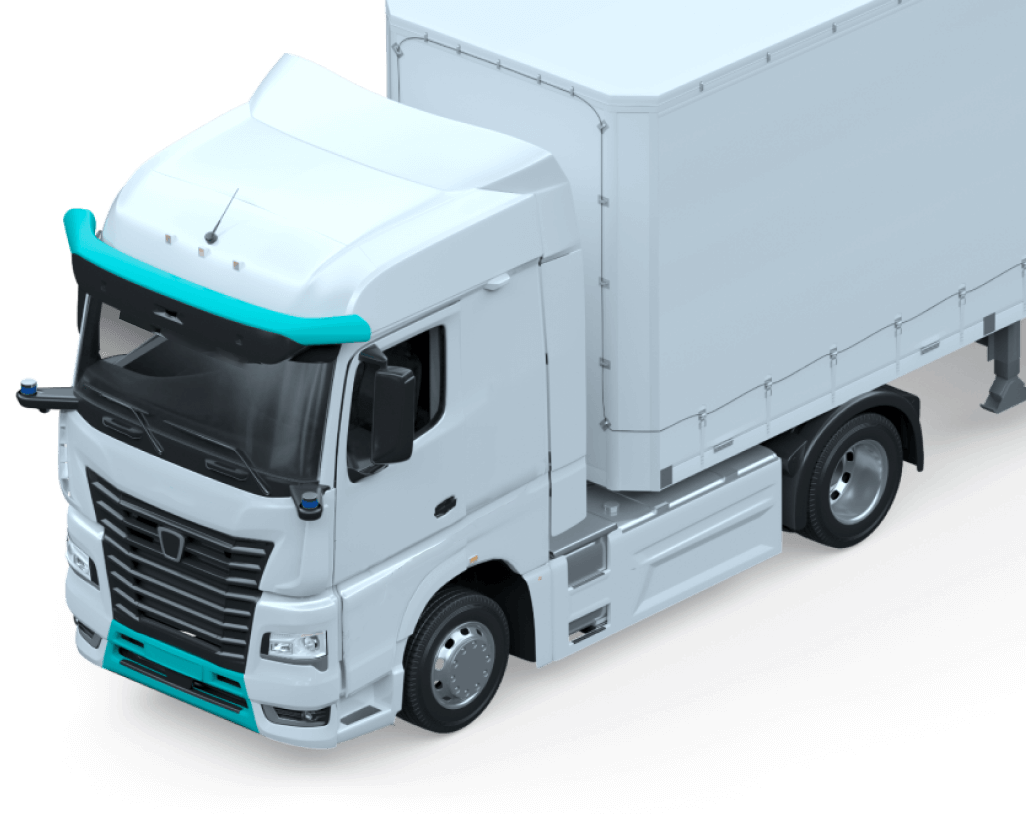
Trucks
Autonomous driving technology provides a new system for fleet management and changes scenarios for cargo transportation, making the whole process more efficient.
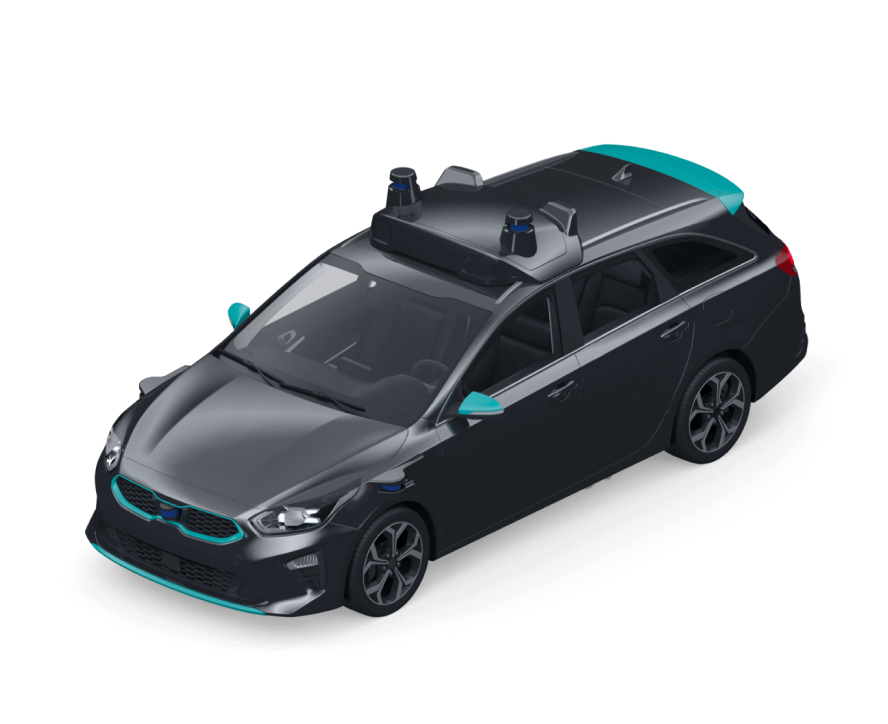
Passenger cars
Standard production vehicles can be modified at any point. The equipment is installed either during production or at a specialized station.
- Lidars, radars and cameras constantly scan the situation on the road. The combination of three technologies eliminates all blind spots, so the car can “see” everything that happens around it.
- Radars create a 3D model of the surroundings and help the vehicle navigate the space. This is how the vehicle can determine the distance to the nearest objects and estimate their speed and direction.
- Lidars continuously scan surroundings with millions of laser beams, creating a precisely detailed map. Radars “see” the space, and lidars make this picture comprehensive. Lidars identify cars, pedestrians, and everything that happens around the car.
- Cameras recognize important visual information. For example, they distinguish the colors of traffic lights and understand traffic signs and road markings. This is how the picture of the constantly changing situation around the car becomes complete and easy to navigate.
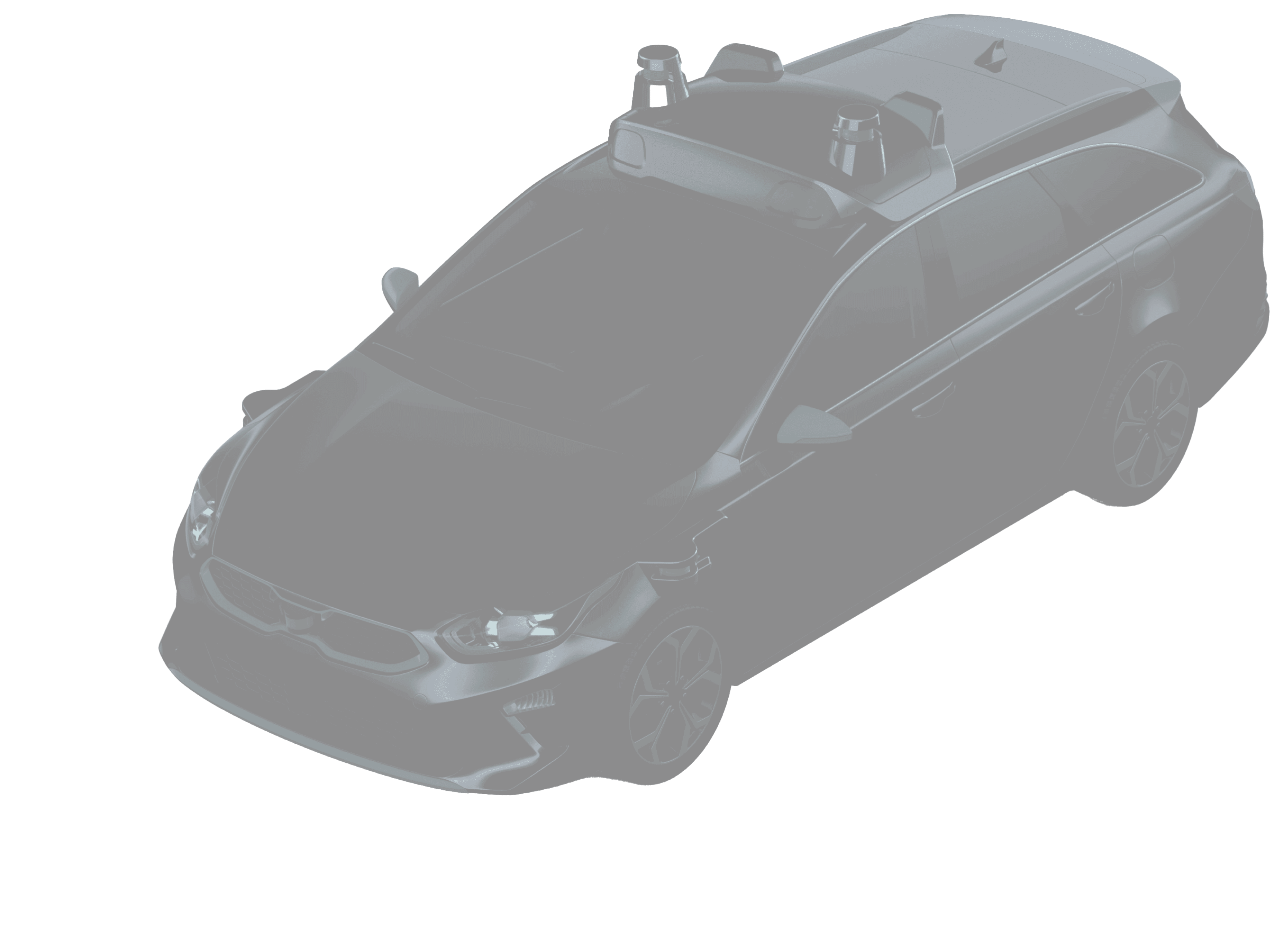
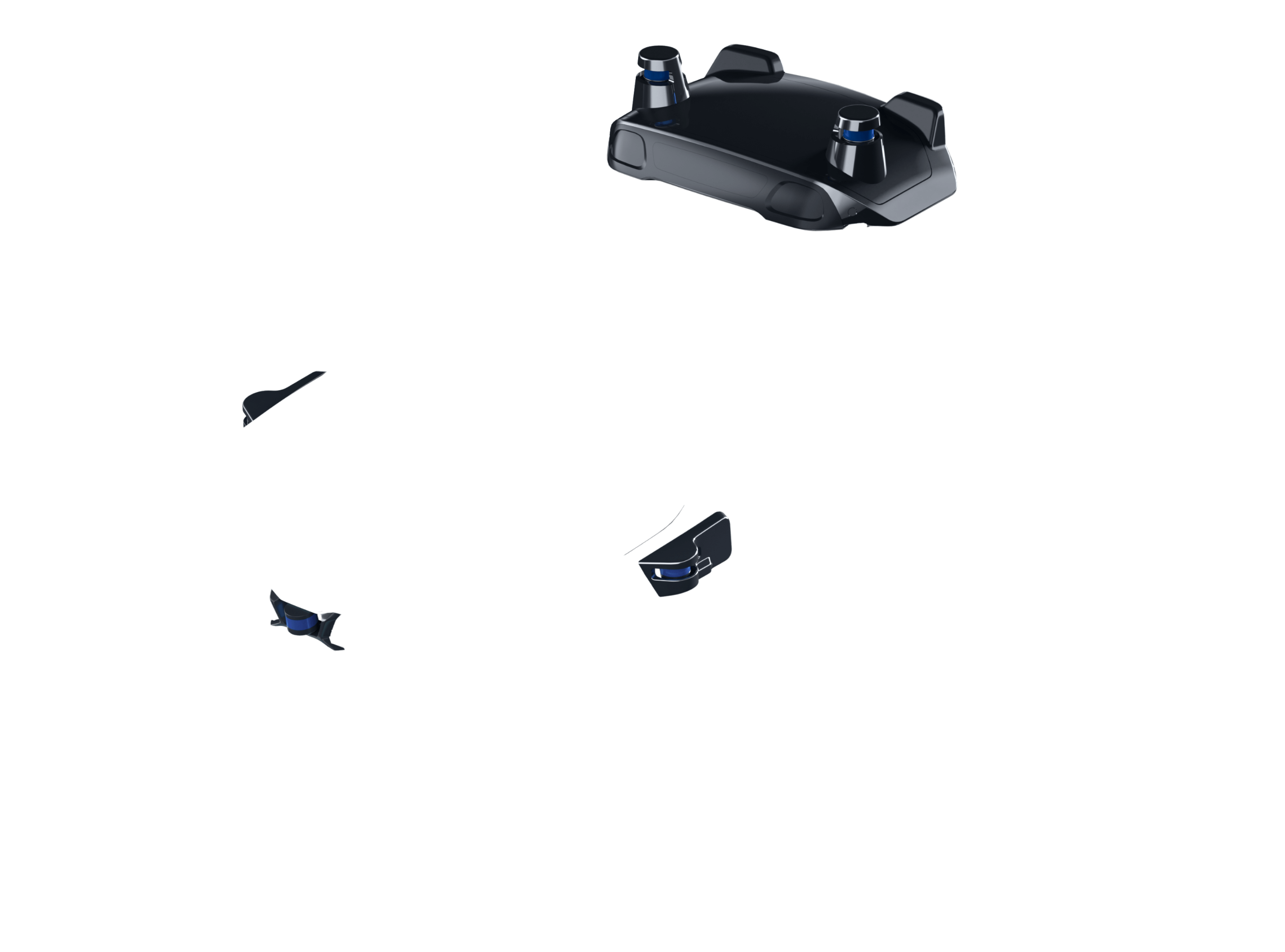


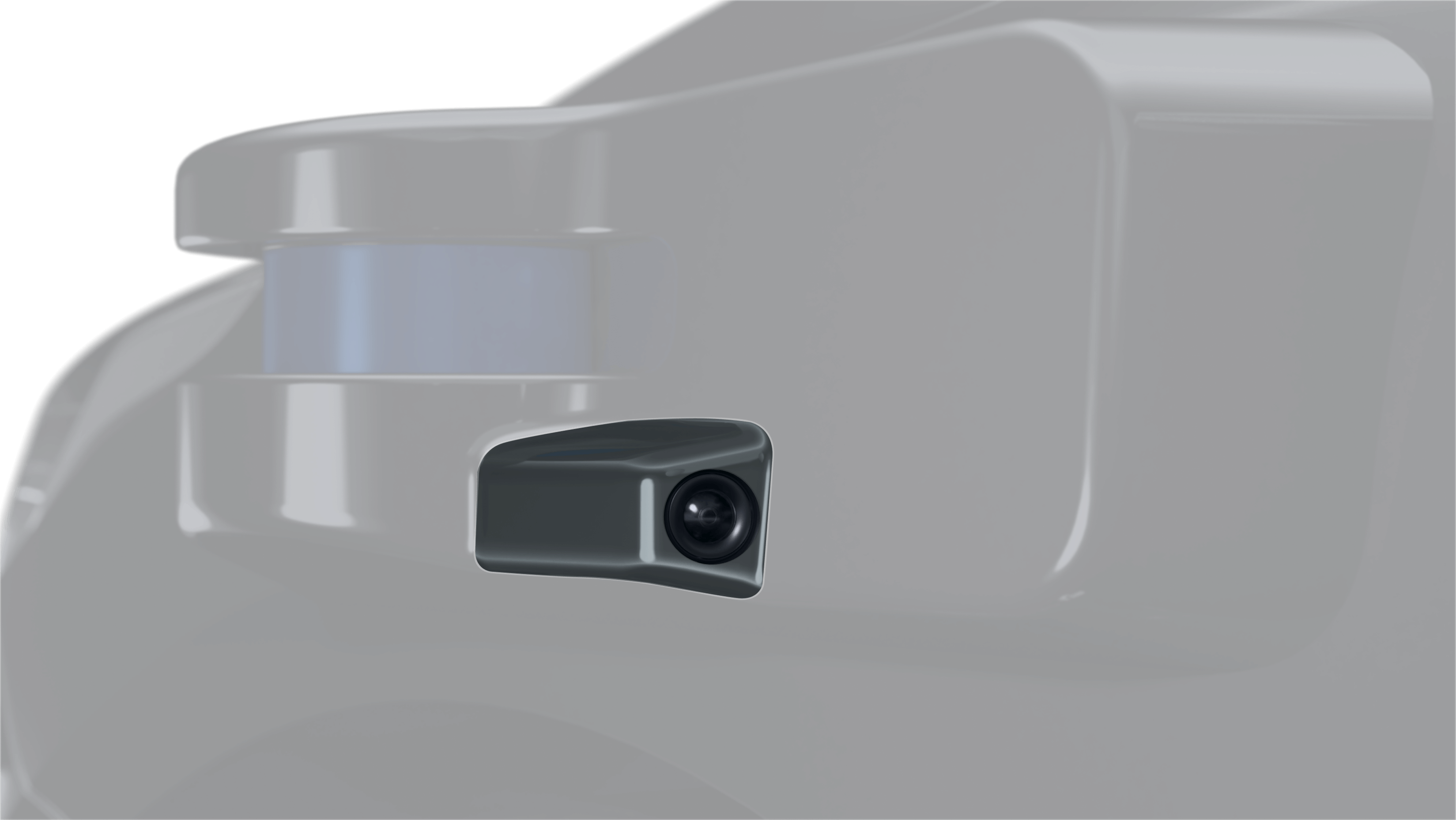
Just "seeing" is not enough
We have developed the software to process the information coming from the sensors. It understands the context and chooses the safest algorithm for all road users. The reaction speed of an unmanned vehicle is higher than that of an experienced driver, which makes autonomous technology both safer and faster.
- Everything that the car “sees” with the help of lidars, radars, and cameras is processed in real time. Data analysis and neural networks help the vehicle correctly recognize objects, and HD maps determine the Localization of a vehicle with an accuracy of several centimeters.
- Using algorithms and machine learning, the autonomous vehicle predicts the behavior of drivers and pedestrians in a wide variety of situations. It recognizes the logic, speed, and direction of objects, and only then makes the best decision possible. This is especially important at intersections or crossings and when changing lanes.
- Based on the collected data, the car makes the decision to move and chooses the safest and most efficient trajectory. The vehicle understands when it is necessary to slow down or pick up speed in order to maneuver. In addition, autonomous technology perfectly adapts to emergencies, reducing the risk of accidents.
Testing is the key to safety
Autonomous technology goes through several steps of testing. The car is sent to the city only when we are completely sure of its safety. All components undergo mandatory checks: climatic, vibration, and electromagnetic compatibility tests.
Simulator
Simulator testing accurately recreates any driving situation. This is how a self-driving car learns to respond to various circumstances, including very rare ones.
Testing Site
It allows to safely test the technology in conditions as close to real as possible, which are unsafe to practice in the city: emergency braking, sharp maneuvers, and fully autonomous control without a driver.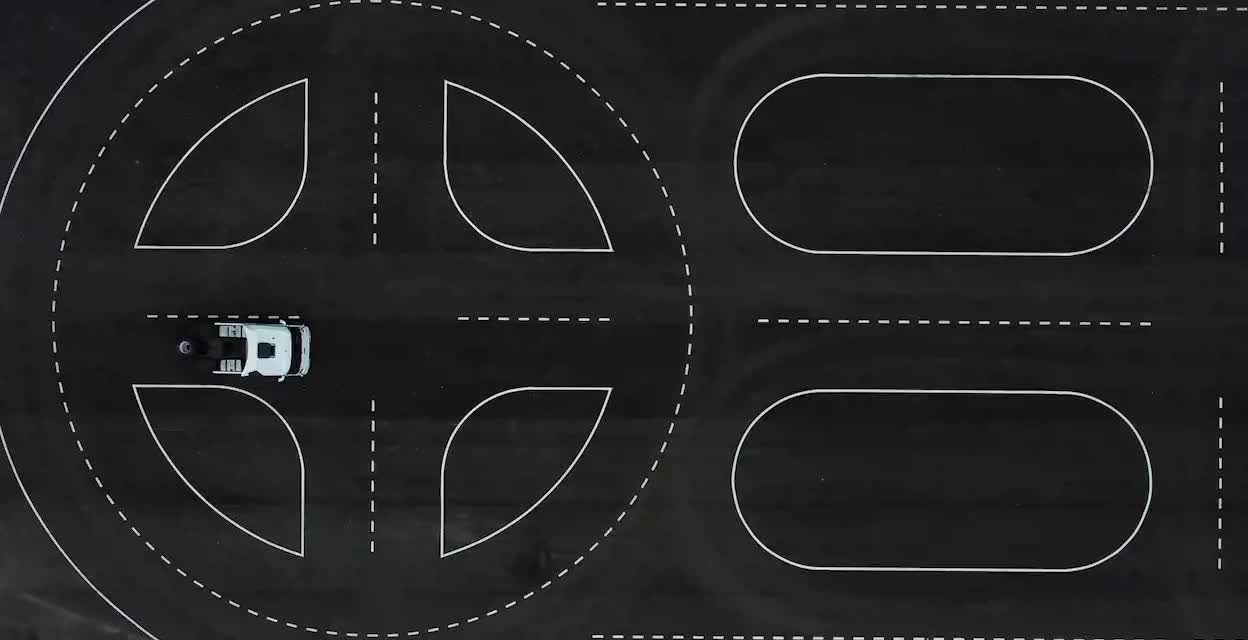
City
Before this step, most of the key scenarios and driving situations have already been worked out at the testing grounds. Now the car is safe and ready for intense live traffic.